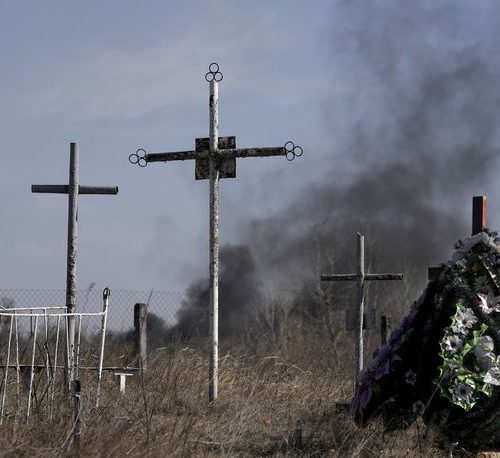By Kelly Yamanouchi – The Atlanta Journal-Constitution
Michael E. Kanell – The Atlanta Journal-Constitution
Troy Warren for CNT #Lifestyle #Business
A labor shortage, supply chain crisis and increased reliance on online shopping during the pandemic promise to make this holiday season one of the biggest tests for shipping giant UPS and its competitors.
Shipping firms faced monumental challenges this year, as companies everywhere struggled to hire enough workers.UPS, for instance, started ramping up staff months ago with the aim of hiring 100,000 seasonal employees, but itswebsite early Friday afternoon still showed more than 2,000 seasonal job listings.
Companies also faced supply chain snarls. Some of those have eased, but last-minute shipments run the risk of not making it in time for Christmas.
“As we get closer to the holiday we are going to be seeing an exceptional rush of shipments,” predicted LateShipment.comCEO and co-founder Sriram Sridhar. “The demand and shortage of supply in terms of manpower and infrastructure is going to lead to a situation where we are going to see an increase in issues.”
The labor market is enough of an issue that UPS asked management employees to help deliver packages during the peak holiday season in markets where it’s needed. The company called it a way for UPS employees to “all pull together… working alongside our operations and front-line team members.”
Sandy Springs-based UPS had a 95.8% on-time delivery rate, slightly ahead of competitor FedEx’s 84.8%, and slightly above the Postal Service’s 95%, according to data from logistics data firm ShipMatrix for Dec. 5-11.
UPS, FedEx and the U.S. Postal Service got some relief this holiday period as shoppers, driven by concerns about supply chain issues and shipping delays, bought gifts early. UPS said its research shows 91% of consumers planned to finish all their holiday shopping a week before Christmas, up from 81% last year. Nearly 96% were starting shopping earlier if sales started sooner.
Retailers were motivated to spread out their sales with earlier orders to avoid a last-minute rush of shipments. Last year, UPS enforced shipping limits on some of its largest customers, declining to pick up some packages that exceeded set volumes during peak periods.
UPS CEO Carol Tomé said earlier this year she expected holiday shipping demand would outpace capacity and that UPS would limit how much holiday package volume it handles “to control chaos costs.”
“They’re balancing the capacity,” said John Haber, CEO of Spend Management Experts, an Atlanta-based supply chain consulting firm. UPS’s increased focus on the most profitable types of shipments rather than on growing volume mean it is declining some low-margin shipments from big shippers, he said.
A UPS spokesman said the company has spent years building up its capacity for air cargo and ground handling to flex up each holiday season.
The Postal Service struggled through delays in the 2020 holiday season. This year, it leased 13 million square feet of additional space and worked to add more than 40,000 seasonal workers. The Postal Service has significantly improved its on-time performance this year compared with last year, according to ShipMatrix.
Still, weather is a wild card — major storms during Christmas week could delay packages at a critical time. And if there are major COVID-19 outbreaks among the workforce, that could also cause disruptions, said ShipMatrix president Satish Jindel.
He recommended consumers prepare for the possibility their packages could be delayed. “Allow two more days,” Jindel said.
The supply chain concerns about the holiday season have been building for much of the year, as snarls developed in many links of the network. But the situation has improved in recent weeks.
For a time, a queue of 30 ships stretched from the piers at the Savannah harbor waiting to unload, but the worst of the bottleneck was on shore after the containers were lifted from the ships. At the peak of the jam, nearly 90,000 containers were stacked waiting to be hauled away by trucks or trains.
The gridlock in Savannah had dropped by about one-third, to about 65,000 containers, by early December, according to Griff Lynch, executive director of the Georgia Ports Authority.
“We are not out of the woods. But we’re moving more volume while the inventory on site is decreasing,” he said.
By the first week in December, nearly all goods intended for holiday consumption had passed through the port, Lynch said. “There may be some clean-up, but for the most part, that’s done.”
In Other NEWS




































